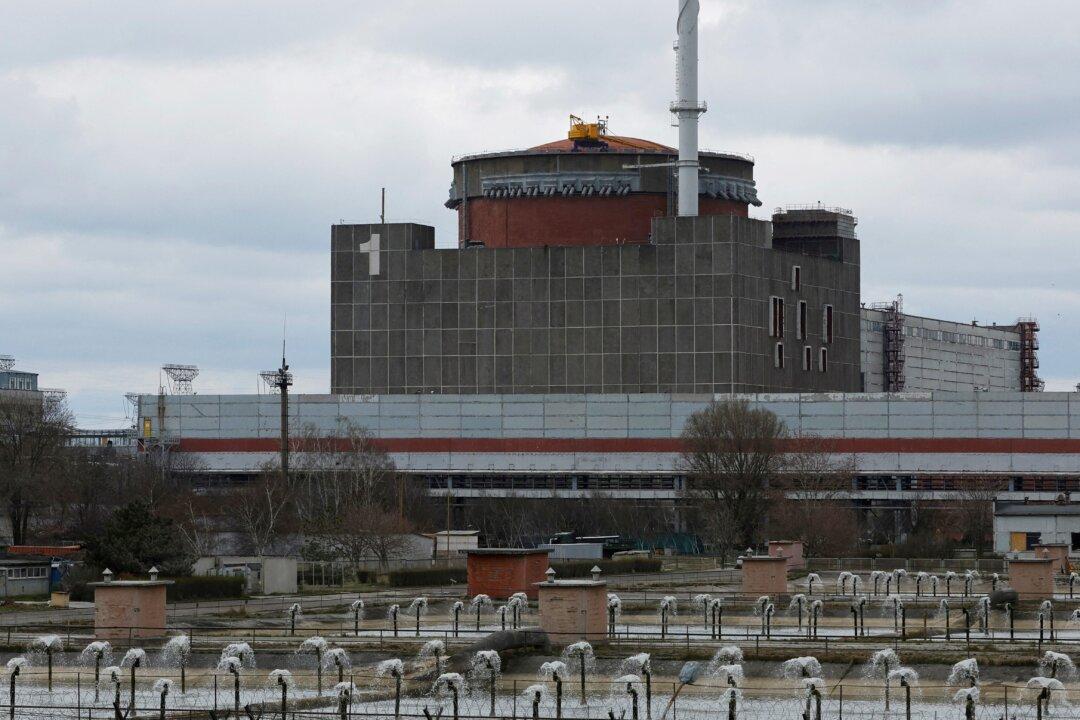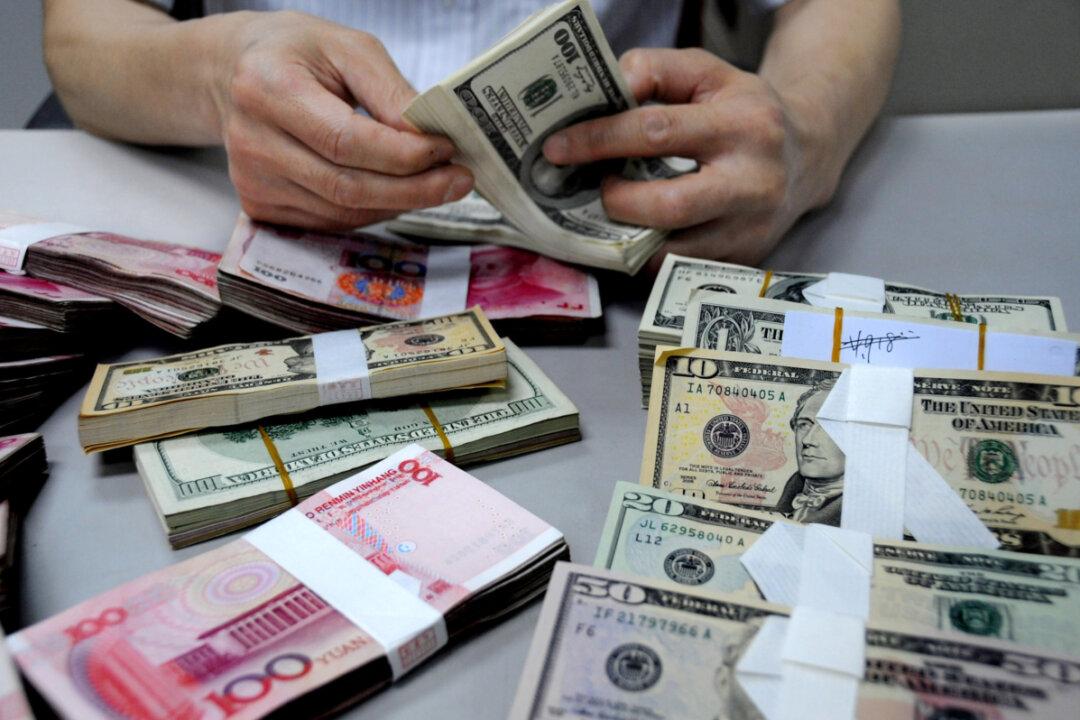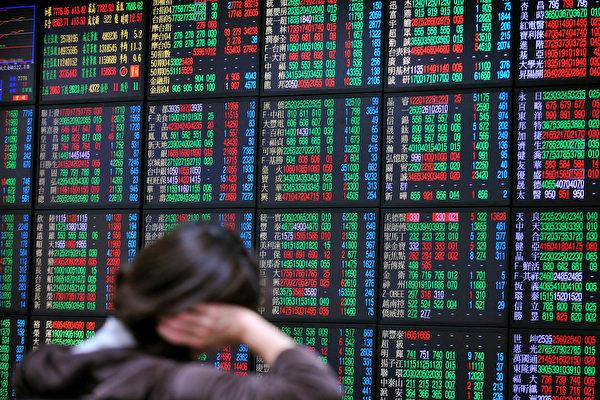Millions of dollars have been spent on dredging and expanding a “dangerously weak” reservoir in central China that was built in 1958 during Mao Zedong’s disastrous Great Leap Forward.
A pilot project, with a reported budget of $490 million, is attempting to resolve long-standing sediment issues in Suyahu Reservoir in Zhumadian City, Henan Province.





